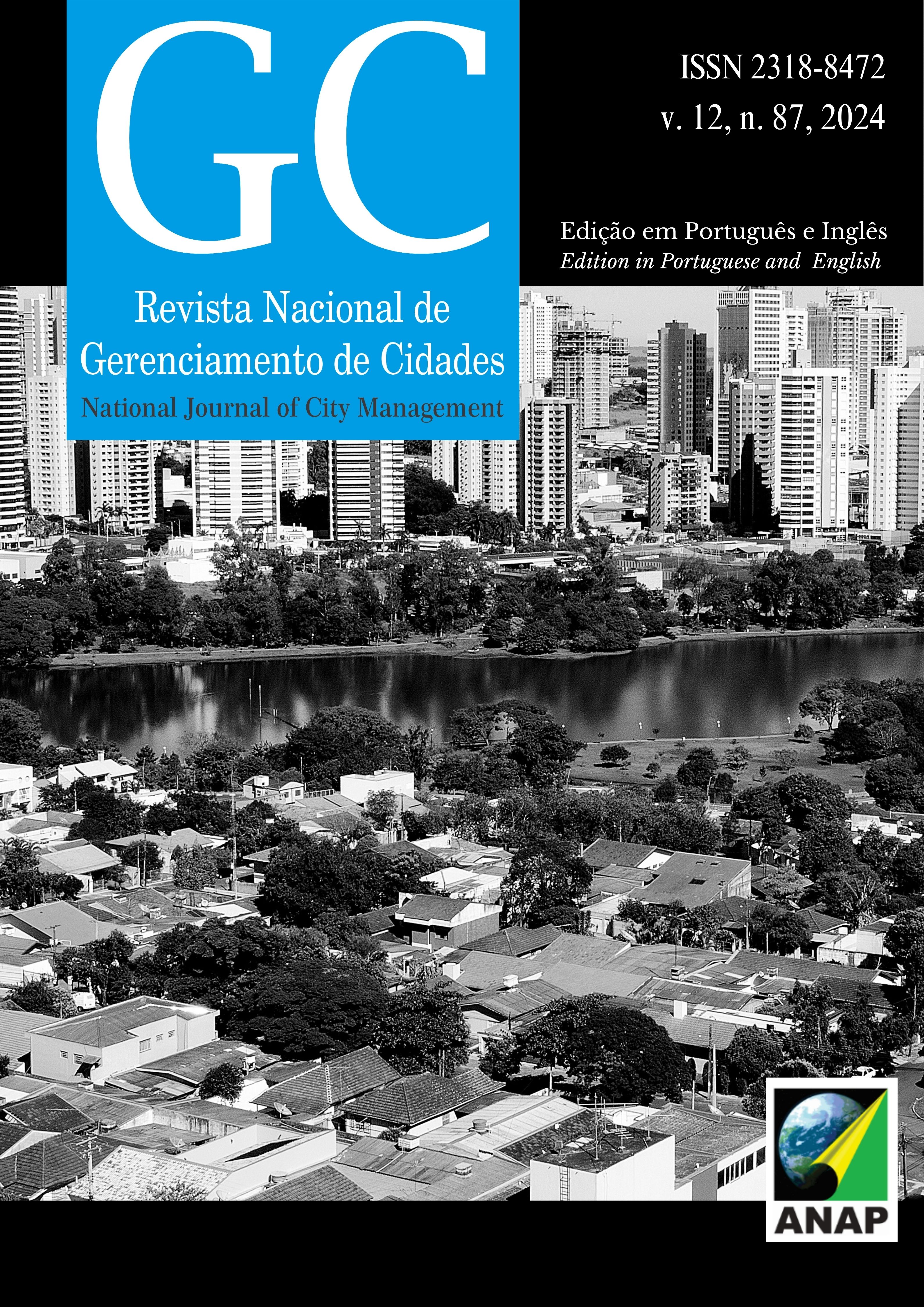Treatment Method for Cement Bags and Potential Reuse
Study with Mortar
DOI:
https://doi.org/10.17271/23188472128720245134Keywords:
Mortar, Solid waste, Cement bagsAbstract
Considering the potential depletion of natural resources, the improper disposal of solid waste in construction, and, most importantly, the pursuit of strategies to reduce emissions of gases such as CO₂, this study aims to present a methodology designed to minimize the environmental impact caused by the disposal of kraft paper bags contaminated with Portland cement, as well as the consumption of sand. This is achieved by treating the bags with sodium hydroxide (NaOH), processing, and transforming them into a low-granularity by-product, partially replacing sand in the production of rendering mortar. The obtained by-product was characterized and introduced into the mortar in proportions of 2% and 4% relative to the sand mass. The properties of the mortars were assessed in both fresh and hardened states. The results demonstrate that the use of treated kraft paper can reduce natural resource consumption, providing a sustainable and technical alternative for the disposal of cement-contaminated bags. At the current stage of the study, reductions in mortar density and increases in fluidity by 12% and 2%, respectively, were observed. In addition to its technical feasibility regarding mechanical strength, a method was established to dispose of bags contaminated with Portland cement while reducing sand consumption. Given that cement bags remain indispensable at present, this study offers a contribution that can evolve sustainably.
Downloads
Downloads
Published
Issue
Section
License
Copyright (c) 2024 National Journal of City Management

This work is licensed under a Creative Commons Attribution 4.0 International License.














